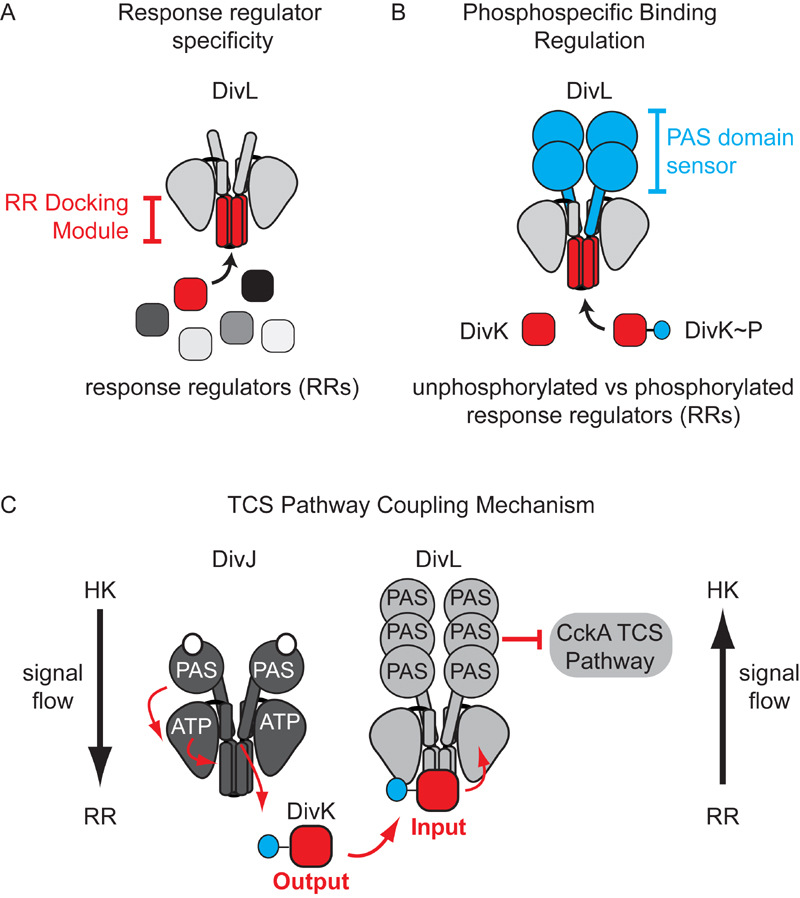FIGURE 2: Factors that program complex signal wiring of two-component systems.
(A) Previous work has shown that the protein-protein interaction surface within the RR docking module selects the response regulator phosphotransfer partner.
(B) We observed that the PAS sensory domain plays a role in phosphospecific recognition of RR~P over unphosphorylated RR.
(C) Signaling flow from the response regulator DivK~P to the CckA TCS signaling pathway occurs via the pseudo-histidine kinase DivL. Unlike typical histidine kinases, in which signal flows from an HK to an RR, the pseudokinase DivL receives signaling information by binding to its cognate RR (DivK~P), which is then transmitted to the kinase CckA. This reversal of the typical TCS signaling flow enables coupling of two TCS systems that promote asymmetric cell division.

